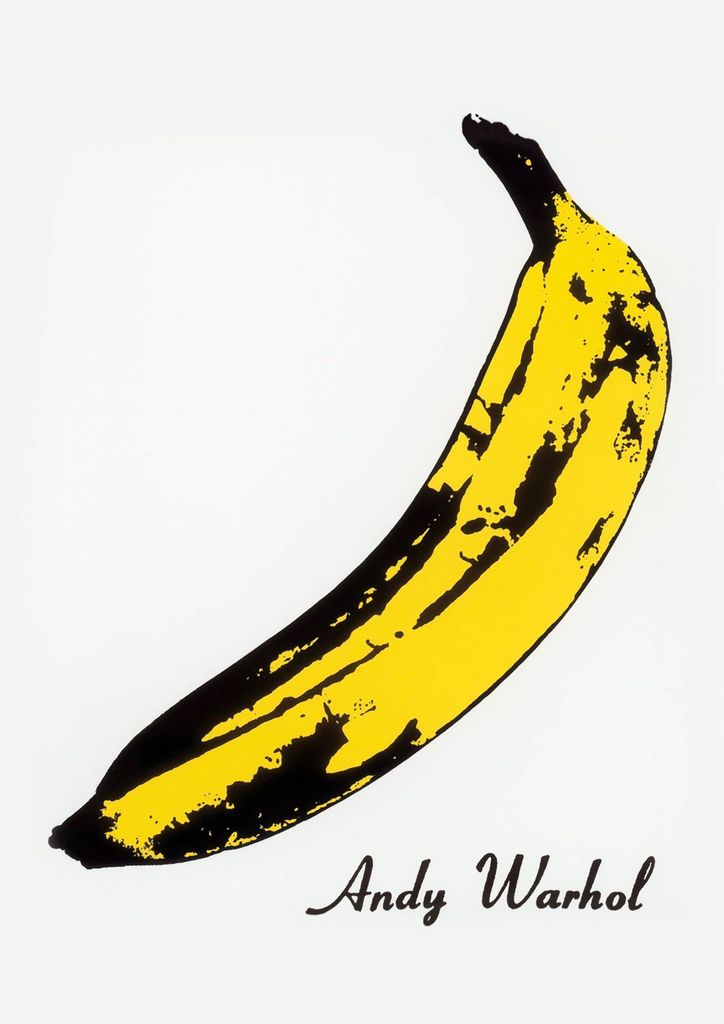Few art movements are as bold, colorful, and instantly recognizable as Pop Art. Emerging in the 1950s and 60s, Pop Art blurred the line between “high” art and popular culture, celebrating advertising, consumer products, and celebrities. Bright, daring, and unapologetic, it became one of the most influential movements of the 20th century.
At its heart were Andy Warhol and Roy Lichtenstein—two artists who transformed everyday images into timeless icons. Today, Pop Art continues to inspire fashion, design, and interior décor, making hand-painted reproductions a favorite for modern collectors.
In this article, we’ll explore the origins of Pop Art, the legacy of Warhol and Lichtenstein, and how you can bring the energy of this revolutionary movement into your home.
The Origins of Pop Art
A Reaction to Tradition
Pop Art emerged in Britain in the 1950s before flourishing in the United States. Artists rejected the seriousness of Abstract Expressionism, choosing instead to celebrate the visual culture of modern life—comic books, advertisements, and consumer goods.
Characteristics of Pop Art
-
Bold Colors: Primary colors, vivid contrasts, and sharp lines.
-
Everyday Subjects: Soup cans, comic strips, and celebrities.
-
Mass Media Influence: Borrowed from advertising and consumer products.
-
Irony & Humor: A playful commentary on culture.
Andy Warhol: The King of Pop Art
Andy Warhol (1928–1987) was a pioneer who turned ordinary objects into high art.
Known For
-
Campbell’s Soup Cans (1962)
-
Marilyn Monroe (1962)
-
Elvis Presley (1963)
-
Mao (1972)
Warhol’s studio, “The Factory,” became a cultural hub for celebrities, musicians, and creatives. His use of silkscreen printing made art reproducible, challenging the notion of uniqueness in art.
Warhol’s genius was his ability to elevate consumer culture while questioning it—making his works icons of modern society.
Roy Lichtenstein: The Comic Book Artist
Roy Lichtenstein (1923–1997) brought comic book panels into galleries, transforming popular media into fine art.
Known For
-
Whaam! (1963)
-
Drowning Girl (1963)
-
Look Mickey (1961)
Lichtenstein’s signature Ben-Day dots mimicked commercial printing techniques, giving his works both humor and critique. His bold, graphic style became synonymous with Pop Art itself.
Other Pop Art Figures
While Warhol and Lichtenstein dominated, others also shaped the movement:
-
Richard Hamilton: British pioneer of Pop Art.
-
Robert Rauschenberg: Mixed media collages blending fine art and pop culture.
-
Jasper Johns: Famous for American flag paintings.
Pop Art’s Legacy
Pop Art broke down barriers between fine art and popular culture. Its influence is visible today in:
-
Fashion: Bold prints and graphic designs.
-
Advertising: Vibrant, eye-catching visuals.
-
Interior Design: Statement walls and colorful décor.
Why Pop Art Reproductions Are Popular
-
Bold Statements: Perfect for modern interiors seeking energy.
-
Cultural Icons: Warhol’s Marilyn and Lichtenstein’s comics are instantly recognizable.
-
Timeless Appeal: Pop Art remains fresh and relevant across decades.
Styling Pop Art in Interiors
-
Living Rooms: Warhol’s Marilyn Monroe adds color and glamour.
-
Offices: Lichtenstein’s comic-inspired works inject creativity.
-
Studios & Lofts: Perfect for edgy, modern spaces.
Hand-Painted vs Prints
While Pop Art was rooted in mass media, hand-painted reproductions bring a richness and texture prints can’t replicate. At Blue Surf Art, we create oil on canvas reproductions of Pop Art icons, ensuring vibrant colors and bold presence.
Why Blue Surf Art?
At Blue Surf Art, our skilled artists hand-paint Pop Art reproductions with precision. Using oils on premium canvas, we recreate the bold colors and crisp lines that define the movement.
Please note: Certain artists, such as Andy Warhol, remain under copyright. Our Warhol reproductions are available for private/home display only, not for commercial resale.
FAQs About Pop Art
Q: What does Pop Art mean?
A: Art inspired by popular culture, mass media, and consumer products.
Q: Who started Pop Art?
A: Richard Hamilton in Britain, but Warhol and Lichtenstein made it global.
Q: Why is Pop Art popular today?
A: Its bold, playful style fits perfectly in contemporary interiors.
Q: Can I buy Warhol reproductions legally?
A: Yes—for private/home display only. Originals remain under copyright.
Final Thoughts
Pop Art changed the definition of art forever. With Warhol’s celebrity portraits and Lichtenstein’s comic book heroes, it captured the spirit of an era and continues to inspire today.
Owning a hand-painted reproduction lets you enjoy the energy of Pop Art in your own space—bright, bold, and unmistakably modern.
✨ Explore our Pop Art Reproductions Collection and add a splash of color and culture to your walls.

Share:
Picasso & Cubism: Story, Influence & Reproduction Guide
Gustav Klimt’s Portrait of Adele Bloch-Bauer I: The Lady in Gold